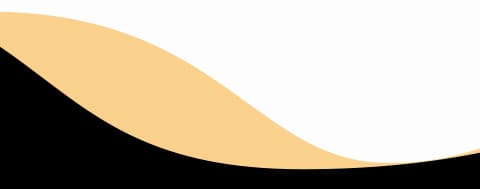Which Planet Has The Most Moons? - Eduauraa

Jupiter may well be the undisputed ruler of the bodies in the solar system.
Still, the planet's previous record of 79 star systems has just been shattered following the discovery of a spectacular 20 new external moons on Saturn's rings.
The invention brings the total number of moons mostly on the ringed planet to an unprecedented 82, up from the previous estimate of 62.
The Minor Planet Centre of the International Astronomical Union announced the discovery of 20 new moons on Monday.
All of the moons are outer moons with diameters of around three miles/five kilometre’s.
Who was responsible for discovering Saturn's fresh 'outer' moons?
A group coached by Scott S. Sheppard of the Carnegie Institution for Science, the same squad that found 12 new moons orbiting Jupiter, made the discovery.
Sheppard was part of a team that included David Jewitt of UCLA and Jan Kleyna of the College of Hawaii and others.
What is it with Saturn's new 'outer' celestial bodies that are so strange?
A great deal For starters, 17 of the new moons spacecraft the planet backward (in the opposite direction of Saturn's rotation), and it takes them more than three years to complete one orbit of the planet around Saturn.
Meanwhile, two of the three worlds that spacecraft in the same path as Saturn are much nearer and complete an orbit in only two years, compared to Saturn's three-year period.
However, the researchers discovered that Saturn's outer moons are organized into three distinct clusters, which they named Inuit, Norse, and Gallic for their geographical origins.
The presence of a similar grouping of outer moons around Jupiter indicates that violent clashes occurred among moons in the Saturnian scheme or with external objects such as passing asteroids or supernovae, and according to Sheppard.
Saturn's fresh 'Inuit' moons have been discovered.
Two of the new moons that spacecraft in the same path as Saturn are members of the Indigenous group, which may have also been a giant moon that broke apart.
Their orbits are compelled by 46 degrees with Saturn's orbit, and they are both members of the Inuit group.
Saturn's fresh 'Norse' moons have been discovered.
The 17 retrograde moons are consistent with previous discoveries and are most likely fragments of a once-larger parent moon shattered into smaller pieces.
These retrograde moons belong to the Norse group, and their names are derived from Norse mythology.
One of the recently found retrograde moons was its Moon that orbits Saturn at the furthest distance known.
Saturn's fresh 'Gallic' Moon has been named.
S/2004 S24 is the tentative designation for the last full Moon of the year.
It travels a significantly greater reasonable distance from Saturn than other moons that travel in the same general direction as Saturn.
What can we infer about Saturn from the new moons?
As Sheppard explains, “having studied the orbits of these moons can reveal the origins of these bodies as well as data about the environment surrounding Saturn at the moment of their formation.”
“During the Solar System's formative years, the Sun was encircled by a moving belt of dust and gas, from which planetary systems formed.
A comparable gas-and-dust disk is thought to have surrounded Saturn throughout its formation, according to Dr. Schroeder.
Because these newly discovered moons could maintain their orbits around Saturn after their parent moons broke apart, scientists believe that the collisions happened after the planet formation procedure was more or less complete.
The disk drives were no longer a thing.
What method was used to explore the underlying moons?
Making use of the 8.2 m long Subaru telescope, which is located on the upper end of Mauna Kea in Hawaii and serves as the National Astronomical Observatory of Japan's premier telescope, "We are currently working on compiling a list of small moons orbiting the giant planets, which we are doing with some of the world's biggest telescopes,” Sheppard explains.
"They are critical in assisting us in our efforts to understand how the planets of our Solar System formed as well as evolved.”
So, Which planet has the most number of moons?
Because it influences our planet's spin and how we experience darkness, our Moon significantly impacts our lives. Consider what would happen if we could have more than 1 Moon.
Some planets have so many more moons than we have, even though we only have one.
Saturn has 62 verified moons.
However, that number pales in comparison to Jupiter, which has several 69 confirmed moons.
Jupiter is the planet with the most significant number of moons in the Known Universe.
Only 53 moons have been named out of a total of 69 moons.
That implies there are still 16 moons that haven't been named.
Provisional moons are the names given to the moons that are presently nameless, and they are distinguished by letters and numbers.








